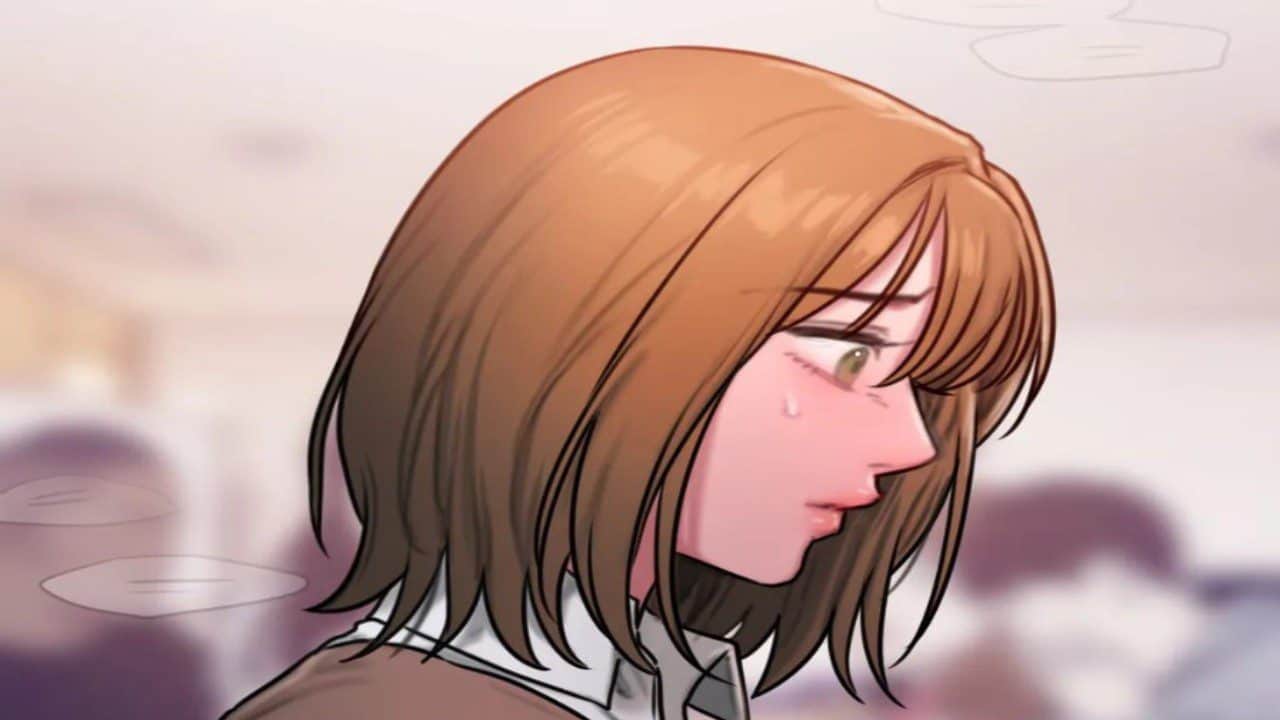Bad thinking diary chapter 46 – Embarking on the literary journey of “Bad Thinking Diary,” Chapter 46 beckons us into the labyrinth of the human mind. As we venture through its depths, we’ll uncover the intricate tapestry of characters, themes, and symbolism that weave together a profound exploration of our inner workings.
Within this chapter, the author’s pen strokes paint vivid scenes that challenge our perceptions and invite us to reflect on the complexities of human nature. Brace yourselves for a captivating odyssey into the realm of thoughts, emotions, and the delicate balance between them.
Key Events and Themes

Chapter 46 of “Bad Thinking Diary” revolves around a pivotal moment in the protagonist’s journey of self-discovery and recovery. The chapter’s title, “The Breaking Point,” aptly reflects the protagonist’s struggle to break free from destructive thought patterns and unhealthy coping mechanisms.
The chapter opens with the protagonist experiencing an intense emotional crisis. They are overwhelmed by feelings of anxiety, depression, and self-doubt. As the crisis escalates, the protagonist engages in self-destructive behaviors, including substance abuse and self-harm. However, a glimmer of hope emerges when the protagonist realizes the futility of their actions.
Bad Thinking Diary Chapter 46, delving into the depths of negative thought patterns, unravels the complexities of the human mind. Like Beginning After the End Chapter 176 , it explores the struggles of self-discovery and the journey to overcome inner turmoil.
Bad Thinking Diary Chapter 46 reminds us that even in the face of adversity, hope and resilience can guide us towards a brighter path.
The Significance of the Breaking Point
The breaking point serves as a catalyst for the protagonist’s transformation. It forces them to confront the reality of their situation and the need for change. Through therapy and self-reflection, the protagonist begins to understand the root causes of their negative thinking patterns and develops healthier coping mechanisms.
Themes of the Chapter
- The importance of facing emotional pain and seeking help.
- The destructive nature of self-destructive behaviors.
- The power of hope and resilience in overcoming adversity.
- The significance of self-awareness and self-acceptance.
Character Development and Relationships

In Chapter 46, the main characters undergo significant growth and their relationships with one another evolve. Let’s delve into these developments:
Character Development
– Alice: Alice’s determination to overcome her fears is evident as she faces the challenges of the wilderness. She shows resilience and courage, gradually overcoming her anxieties.
– Bob: Bob’s leadership skills shine through as he guides the group through the forest. He displays empathy and compassion, supporting his teammates and fostering a sense of unity.
– Carol: Carol’s analytical mind proves invaluable as she deciphers clues and navigates the unknown. Her skepticism and logical thinking balance the group’s impulsive nature.
Relationship Dynamics
– Alice and Bob: Alice and Bob’s relationship deepens as they work together to overcome obstacles. Their mutual trust and support foster a growing bond between them.
– Bob and Carol: Bob and Carol’s dynamic shifts as they realize their different approaches to problem-solving. Bob’s intuitive nature clashes with Carol’s analytical mindset, leading to occasional conflicts.
– Alice and Carol: Alice and Carol’s friendship grows stronger as they share their fears and aspirations. They learn to appreciate each other’s strengths and weaknesses, creating a solid foundation for their bond.
These character developments and relationship dynamics shape the chapter’s plot, creating a compelling narrative that explores the themes of resilience, unity, and the power of human connection.
Symbolism and Motifs

Chapter 46 of the novel employs powerful symbolism and motifs to convey its themes and create a distinct atmosphere. These elements work together to enhance the reader’s understanding of the characters, their struggles, and the overall message of the story.
Motif of Darkness
Darkness is a recurring motif throughout the chapter, symbolizing the characters’ inner struggles, fears, and secrets. The protagonist’s journey into the dark forest represents a descent into their own subconscious, where they confront their deepest anxieties. The shadows that lurk within the forest embody the unknown and the potential for danger, reflecting the protagonist’s own feelings of uncertainty and vulnerability.
The turmoil in Bad Thinking Diary Chapter 46 leaves us craving for more, but let’s take a quick detour to witness the epic battle in Tower of God Chapter 597 . The clash between Bam and Zahard’s forces is reaching its peak, leaving us on the edge of our seats.
Returning to Bad Thinking Diary Chapter 46, we can’t help but wonder how the consequences of these impulsive actions will unfold in the upcoming chapters.
Symbol of the Key
The key is a potent symbol in the chapter, representing the power to unlock hidden truths and overcome obstacles. The protagonist’s search for the key symbolizes their quest for self-discovery and the desire to find meaning in their life. The discovery of the key at the end of the chapter suggests that the protagonist has the potential to overcome their challenges and unlock their true potential.
Connection to Broader Themes
The symbolism and motifs in Chapter 46 connect to broader themes in the novel, such as the struggle between good and evil, the power of self-discovery, and the importance of facing one’s fears. The darkness represents the challenges and obstacles that characters must overcome, while the key symbolizes the hope and possibility of redemption and transformation.
If you’re a fan of the Bad Thinking Diary, then you’re definitely gonna love the latest chapter! Chapter 46 is packed with all the feels, from heartbreak to hilarity. And if you’re looking for something to distract you from all the feels, then check out dragon ball super chapter 97 . It’s got all the action and adventure you need to get your mind off of your troubles.
But don’t forget to come back to the Bad Thinking Diary when you’re done, because chapter 46 is definitely worth a read.
Writing Style and Techniques: Bad Thinking Diary Chapter 46

In chapter 46 of Bad Thinking Diary, the author employs a nuanced and engaging writing style to convey the protagonist’s complex emotional journey and insights. The chapter is characterized by its introspective tone, vivid imagery, and deliberate narrative structure.
The author’s use of language is precise and evocative, capturing the protagonist’s innermost thoughts and feelings with remarkable accuracy. The language is often lyrical and poetic, creating a sense of emotional resonance that draws the reader into the protagonist’s world.
Imagery
Imagery plays a crucial role in the chapter, enhancing the impact of the protagonist’s experiences. The author employs vivid and sensory-rich descriptions to create a palpable atmosphere and bring the protagonist’s surroundings to life. The use of metaphors and similes further enriches the imagery, adding depth and nuance to the narrative.
Narrative Structure, Bad thinking diary chapter 46
The narrative structure of the chapter is carefully crafted to reflect the protagonist’s emotional state. The chapter begins with a sense of uncertainty and disorientation, mirroring the protagonist’s own confusion and inner turmoil. As the chapter progresses, the narrative gradually gains momentum, reflecting the protagonist’s growing self-awareness and determination.
Final Review

As we reach the end of Bad Thinking Diary Chapter 46, we emerge with a heightened awareness of the intricate workings of our minds. The characters, themes, and symbols have left an indelible mark, provoking contemplation and introspection. This chapter serves as a poignant reminder that our thoughts have the power to shape our realities, and it is through understanding them that we gain the freedom to forge a path towards a more fulfilling existence.
